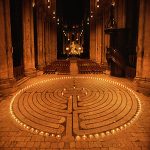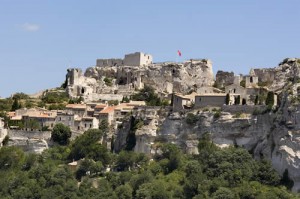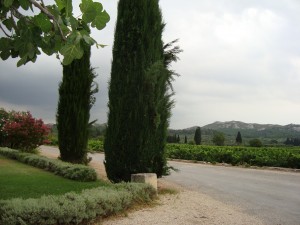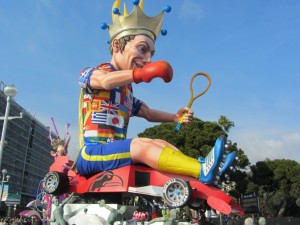Planning to visit Brittany? What do you do after visiting Mont-Saint-Michel and Saint-Malô on the northern coast? Why not take in some of the lesser-known, but still charming sites?
Drive west along the coast from Saint-Brieuc and stop at Perros-Guirec. This is the beginning of a delightful hiking trail that stretches to Trébeurden in the west, but is most spectacular between Perros-Guirec and Ploumanac’h. This is part of Brittany’s Sentier de Douaniers, a trail created at the French Revolution to guard again smuggling which hugs the entire coast of Brittany for 800 miles, from Saint-Malo in the north to Saint-Nazaire in the south. The very walkable 3-mile stretch between Perros-Guirec and Ploumanac’h along the Pink Granite Coast, so called from the pink color of the unusual rock which dot the coastline. Tourists stopping at the beach in Ploumanac’h can find an unusual little shrine containing the statue of St. Guirec, one of the many Breton saints, whose nose is punctured by a pin by the young ladies of the region looking to get married within the year, according to local legend. If you pay a visit to this statue, beware! The saint’s oratory is on a boulder that becomes its own island at high tide.
Continue to stroll along the coast and you will find huge boulders strewn along the beach , piled high on each other, forming all kinds of unusual rock formations; sometimes it’s hard to fathom how they are still free standing. Many of the rock formations have been given names, such as “Napoléon’s hat”; others resemble a witch, a rabbit, and even a pig. Hikers leaving from Ploumanac’h can expect the round trip to take about two hours.
Once back in Ploumanac’h, visitors can stop and admire the Château de Costaérès, which was constructed at the end of the 19th century. This enormous castle built to look like a medieval chateau is located on a rocky island just off the shore of the town; built by a Polish engineer, the German army inhabited it during World War II and is now owned by the German comedian, Dieter Hallervorden. The name of the castle comes from the Breton phrase “hozh-sec’herezh”, because fishermen used to dry their fish on the rock. Although it is not possible to tour the castle, tourists love to walk around the exterior and take photos.
So, after climbing up Mont-Saint-Michel and walking around the ramparts of Saint-Malô, continue your trip along the coast to enjoy the la côte de Granit Rose.



















